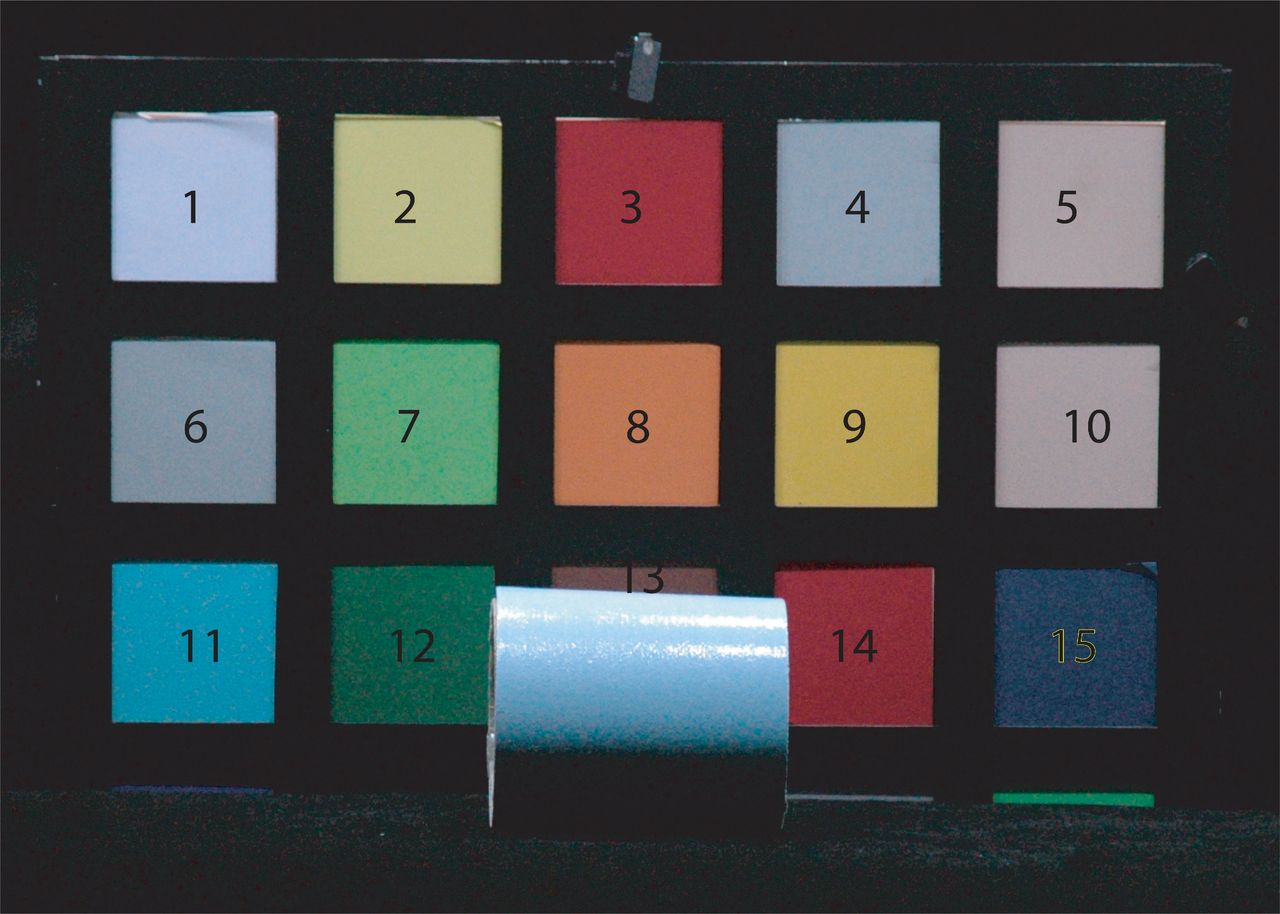Section: New Results
Visual perception
The effects of surface gloss and roughness on color constancy for real 3-D objects
Participants : Jeoren J. M. Granzier, Romain Vergne [contact] , Karl Gegenfurtner.
Color constancy denotes the phenomenon that the appearance of an object remains fairly stable under changes in illumination and background color. Most of what we know about color constancy comes from experiments using flat, matte surfaces placed on a single plane under diffuse illumination simulated on a computer monitor. Here we investigate whether material properties (glossiness and roughness) have an effect on color constancy for real objects. Subjects matched the color and brightness of cylinders (painted red, green, or blue) illuminated by simulated daylight (D65) or by a reddish light with a Munsell color book illuminated by a tungsten lamp. The cylinders were either glossy or matte and either smooth or rough. The object was placed in front of a black background or a colored checkerboard as shown in Figure 6 . We found that color constancy was significantly higher for the glossy objects compared to the matte objects, and higher for the smooth objects compared to the rough objects. This was independent of the background. We conclude that material properties like glossiness and roughness can have significant effects on color constancy [7] .



